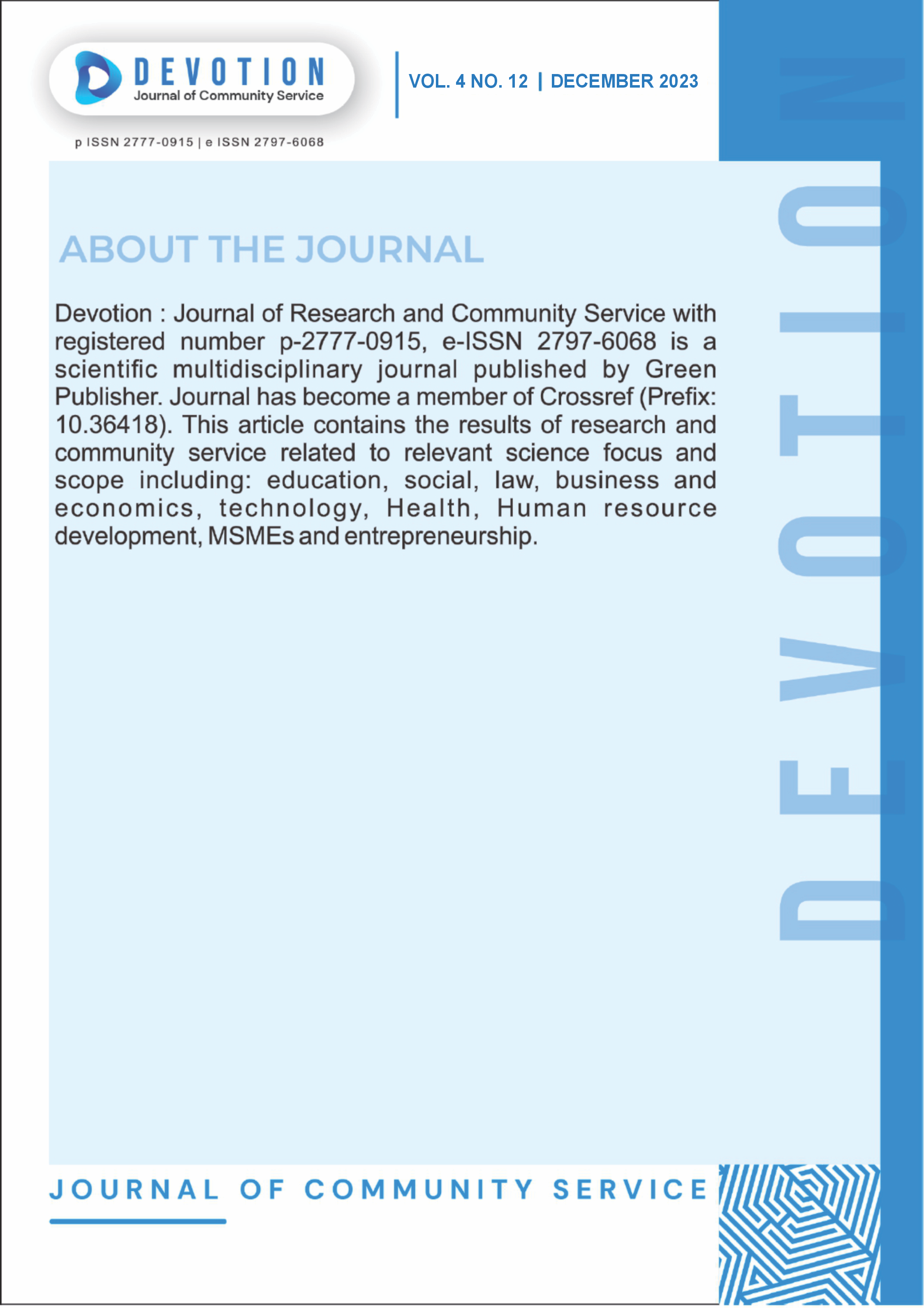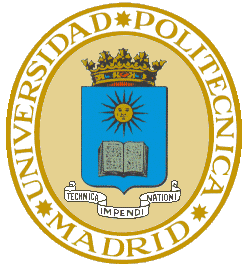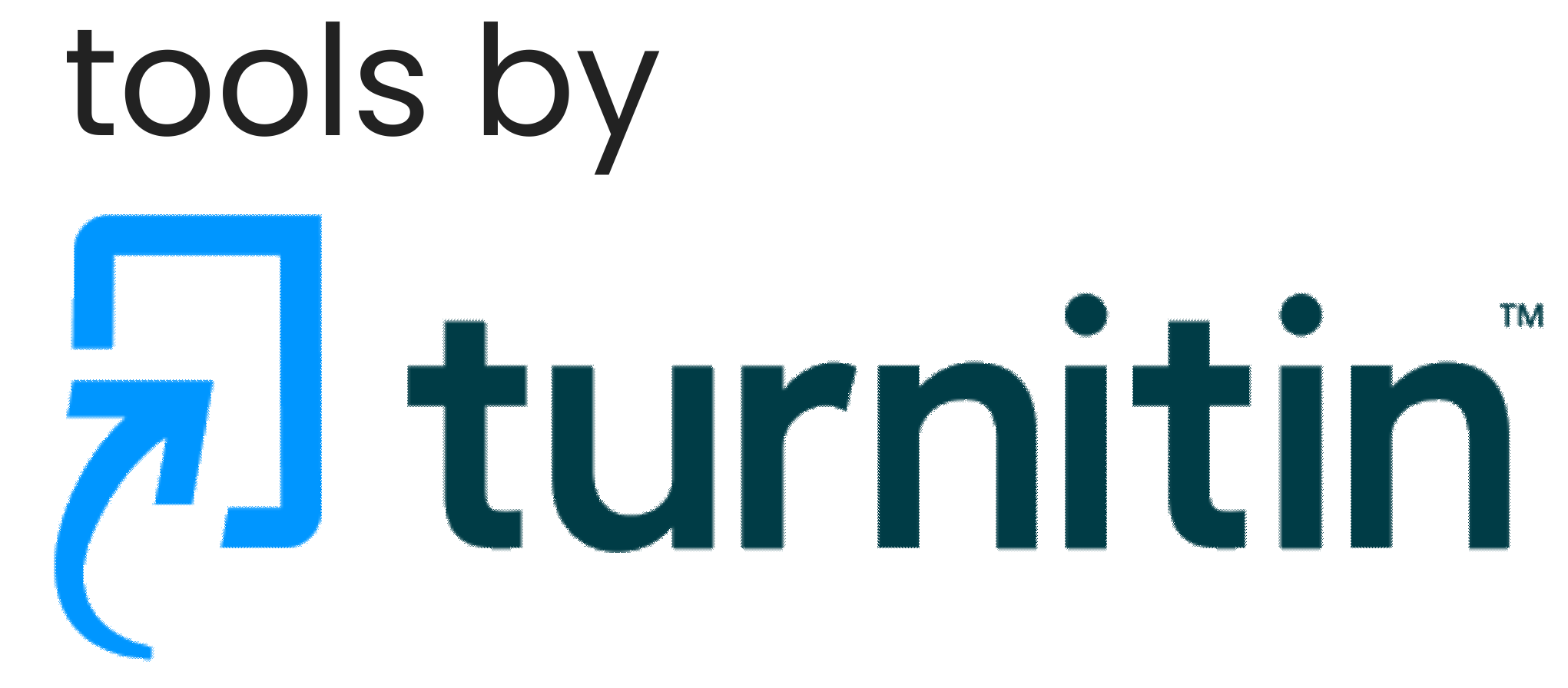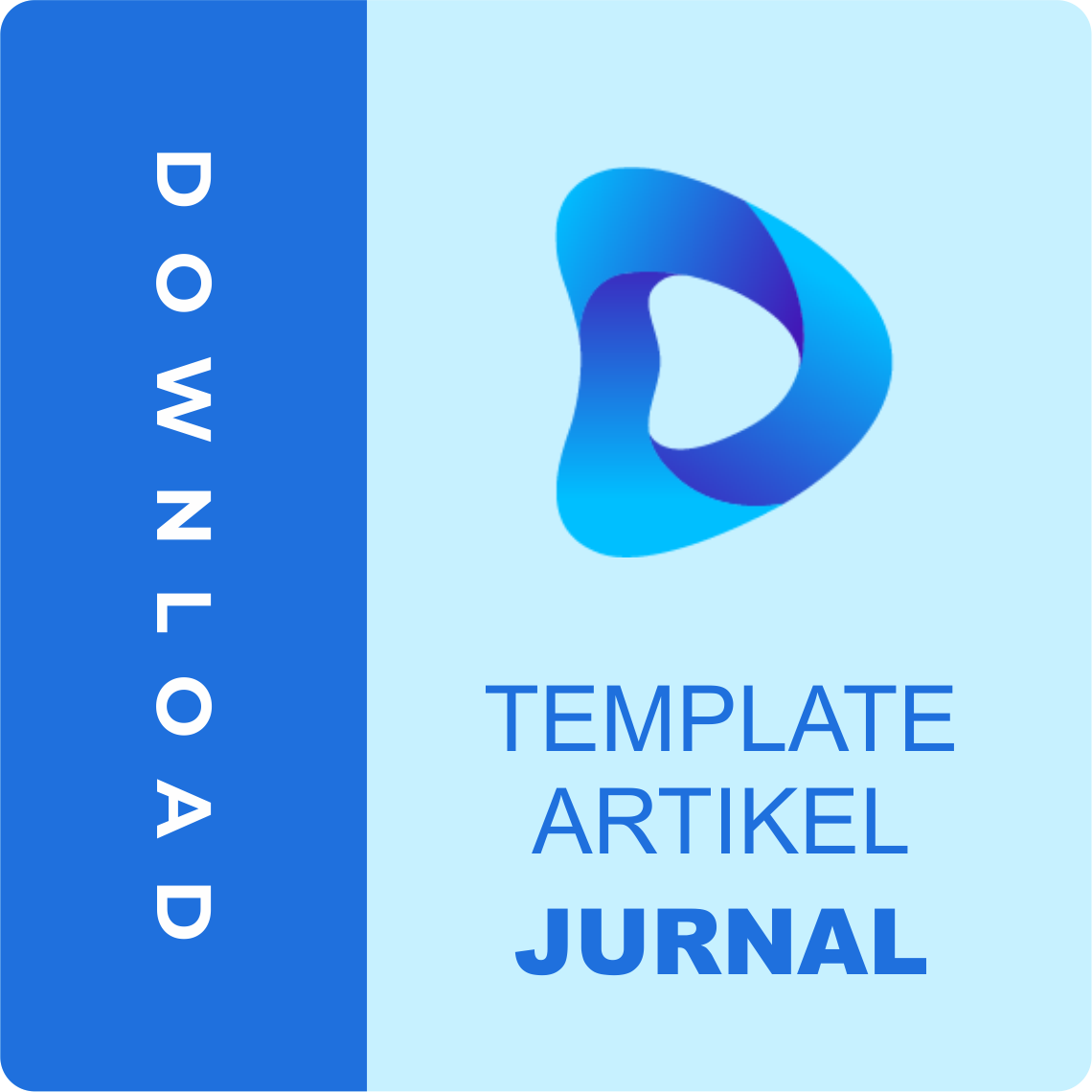Analysis of Income from Mujair Fish (Oreochromis Massambicus) Cultivation in Tarpon Ponds (Biofloc) (A Case Study of Biofloc Business in Matungkas Village, Minut Regency)
DOI:
https://doi.org/10.59188/devotion.v4i12.625Keywords:
Mujair Fish, Cultivation, Tarpon PondsAbstract
This research investigates the economic viability of tilapia fish farming utilizing the pond liner method (biofloc) in Matungkas Village, Dimembe Subdistrict, North Minahasa Regency, Indonesia. With the agricultural, animal husbandry, and fisheries sectors playing pivotal roles in supporting Indonesia's economy, the study focuses on the freshwater fisheries potential, particularly tilapia, in North Minahasa. The research delves into the innovative use of biofloc technology, analyzing its benefits such as minimal water and land requirements, efficient feed utilization, and waste conversion into fish feed. Mr. Ronny Lensun's tilapia fish farming business, employing the pond liner method, is examined. Despite the region's rich natural resources, the income calculation method used by the owner is identified as simplistic. The study employs quantitative methods to perform a comprehensive income analysis, considering revenue, production costs, and financial metrics. Results demonstrate the profitability of Mr. Ronny Lensun's business, with a break-even point at a selling price of IDR 1,167,807.9 and a production volume of 33.36 kg. The Revenue Cost Ratio (R/C) is calculated at 1.85, indicating the business's sustainability and profitability. The literature review encompasses the biofloc technology and business analysis, emphasizing its advantages in water quality maintenance, organic matter decomposition, and feed efficiency. The study contributes to understanding the economic feasibility of tilapia fish farming with the biofloc method, suggesting potential for wider adoption and development in the region.
Published
Issue
Section
License
Copyright (c) 2023 Stella T. Kaunang, Veronicha Kumentas, Threis S. Polan, Medy Ompi

This work is licensed under a Creative Commons Attribution-ShareAlike 4.0 International License.
Authors who publish with this journal agree to the following terms:
- Authors retain copyright and grant the journal right of first publication with the work simultaneously licensed under a Creative Commons Attribution-ShareAlike 4.0 International. that allows others to share the work with an acknowledgement of the work's authorship and initial publication in this journal.
- Authors are able to enter into separate, additional contractual arrangements for the non-exclusive distribution of the journal's published version of the work (e.g., post it to an institutional repository or publish it in a book), with an acknowledgement of its initial publication in this journal.
- Authors are permitted and encouraged to post their work online (e.g., in institutional repositories or on their website) prior to and during the submission process, as it can lead to productive exchanges, as well as earlier and greater citation of published work.













